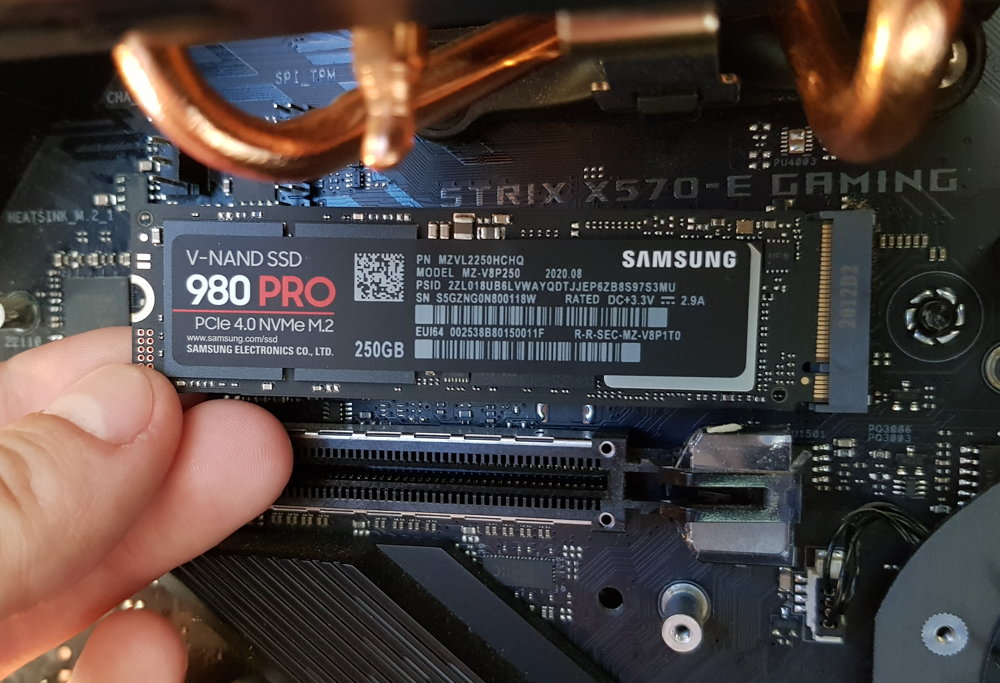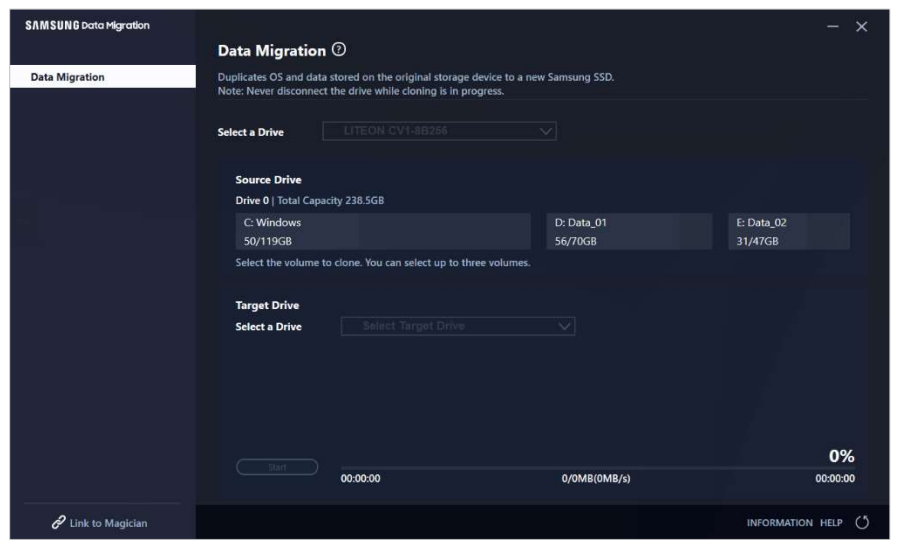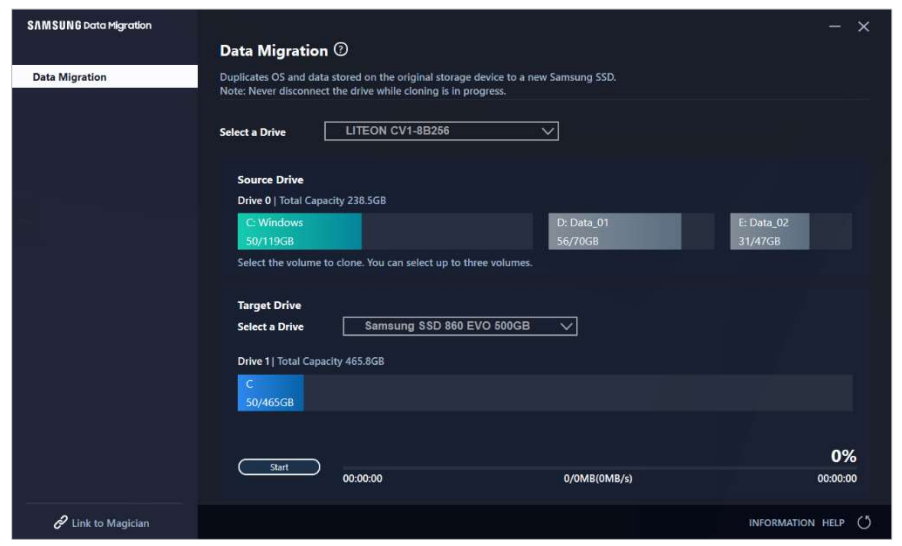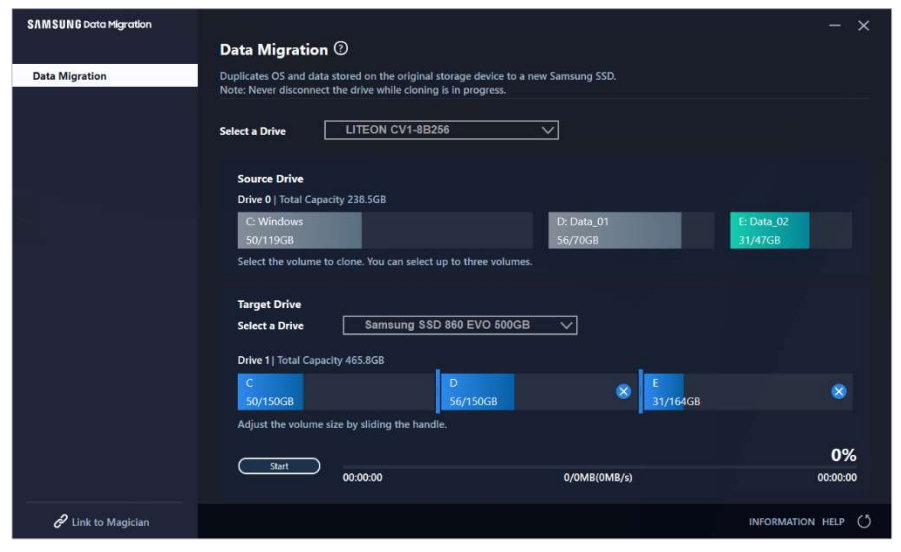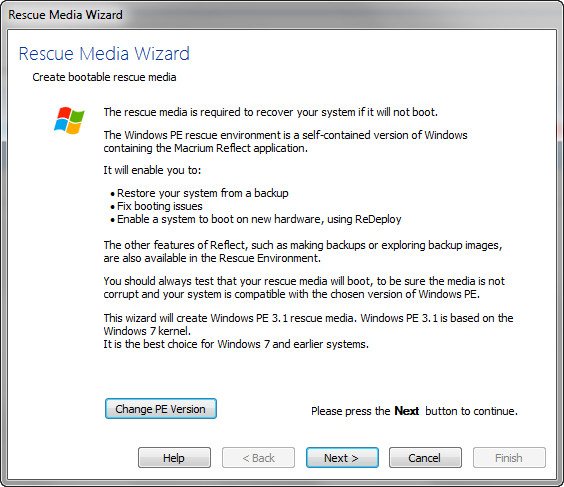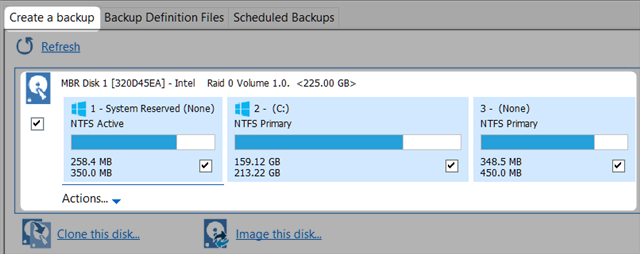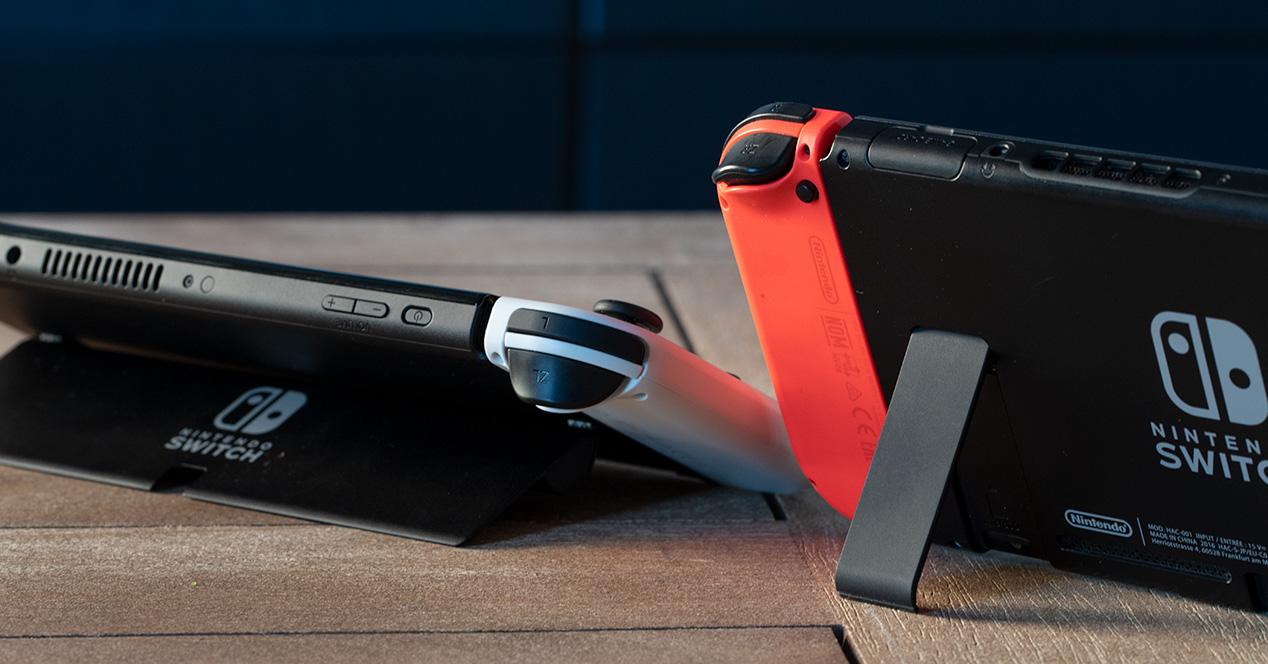
Changing the HDD to an SSD is one of the upgrade/maintenance tasks more profitable What can you do on your personal computer? The benefit will be immediate and overwhelming, at a cost that is quite manageable due to the price drops of solid state drives.
Physical replacement is one of the tasks to be carried out and is within the reach of any consumer, as we review in this tutorial. Another part of the process involves installing the software. Some users prefer to perform clean installations, but the fastest and most convenient way is to migrate Windows to an SSD from the hard drive. It is also used in the same way in the case of upgrades from SATA SSDs to one of the modern PCIe ones.
How to migrate Windows to an SSD
This migration method preserves everything, the existing operating system (Windows for example), the applications and games that we have installed, and the settings and personal user data. The basic idea is to create an image of the operating system partitions on the hard drive (or SSD you want to replace) and move it to the new SSD in a process known as cloning.
We can find several scenarios. On a desktop PC, you simply install the SSD next to the hard drive and clone. If we have a laptop with a single bay, the issue changes and we need conversion and/or cabling kits that pass the data from a USB to the SSD interface, usually SATA, before replacing the units.
If we do not have this type of adapters or cloning software, we can use another method that is used to move any Windows system installed on a hard drive and then copy it to a USB, keeping the partitions, system, applications and all the data.
First delete unnecessary files
The only advantage of a hard drive over an SSD is its lower price per GB and for this reason it is usual for the old hard drive to have more storage capacity than the new SSD that we are going to mount. Considering that cloning is a 1:1 copy, it is obvious that the capacity of the SSD must be greater than the amount of data to be transferred.
A simple example. If we have a partition with 300 Gbytes of data occupied on the hard disk and the SSD is 250 GB, we will have to reduce -at least- 50 GB to be able to transfer the data. In these cases, either we acquire larger-capacity solid-state drives or we must first delete unnecessary files, freeing up space with the disk cleaner by touching cache files, temporary files, those in the recycle bin, or directly uninstalling some non-essential applications or games. that in any case we could install later.
In addition, the smaller the disk to be cloned, the fewer problems and the faster the process, both in the copy and in the restoration. The process may not be error-free so we recommend making a separate backup of your essential files.
Cloning in various scenarios
We said above that we can meet at various use cases when migrating Windows to an SSDdepending on whether it is a laptop with a single storage bay, if it is a desktop and we have several to mount them at the same time or if we have conversion kits, an accessory that will facilitate the process because we can do it in a single step.
When it comes to cloning software there are a lot that we can use. Most SSD manufacturers include a specialized application that is provided free of charge with the purchase of the drive. Samsung with the Data Migration Software or WD and Kingston with a license for the well-known commercial software Acronis True Image. You can also use open source and free tools as good as Rescuezilla and other commercial ones, but with a free or trial version for limited time use like DiskGenius, PassFab 4EasyPartition, AOMEI or Macrium Reflect.
direct migration
We use as an example the Data Migration Software from Samsung, available for free with the company’s units. The process is quite simple and involves working with the old storage unit and the new one that we are going to install. If you have several bays or internal connectors on the board connect both and if not, you must use additional converters mSATA/SATA, mSATA/USB or an M.2 PCIe/USB connector when you want to install a PCIe SSD. One step by step:
- Download and install the application from the Samsung page.
- Launch the app, connect and select the target SSD.
- Select the drive partitions to clone.
Depending on the number of partitions and the capacity of each of them, it will take more or less, so we said that if we do a previous cleaning, we will save time and complexity. Once finished, it’s simply a matter of removing the old drive and installing the new SSD internally. If the cloning process is successful, Windows will start normally keeping the system, user data, installed software and files.
indirect migration
It is a case where we cannot directly connect the two units, for example on a laptop with a single connector/bay and without the converters cited additions. In this case we must first create the backup copy and then restore it to the new SSD. This way:
- For the example we use commercial software such as Macrium Reflect, but it also has a trial version that can be used. Download and install.
- Create the boot drive. The Macrium installer will take care of downloading the necessary Windows PE files to create the bootable drive. As a medium, we can use a CD/DVD optical drive or preferably a USB flash drive or an external storage unit.
- Create the backup, activating the creation of a “backup -disk image”, marking all the partitions and selecting the folder on the external drive where it will be created.
- Once the boot disk and backup is created, it is time to replace the old hard drive (or SSD) with the new SSD.
- Once the SSD is installed, reboot the computer from the bootable drive created on CD/DVD, flash drive or USB external disk. Select the created backup image to copy all data to the destination SSD by dragging and dropping each partition onto the solid state drive.
Macrium Reflect or other similar applications, performs the entire process automatically and even resizes the partitions to fit on the SSD, although it is worth noting the previous precaution that we have also talked about: it is best that the SSD is larger than the amount of data to be moved to avoid problems.
All ready. There are several ways to migrate Windows to an SSD while saving all the data. Of course, there is always the option of doing it yourself with clean installations, from scratch, then installing applications and games, to end up copying our files by hand.
